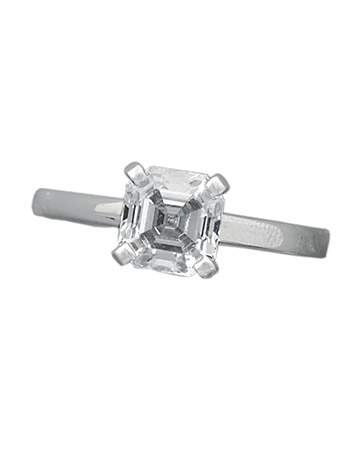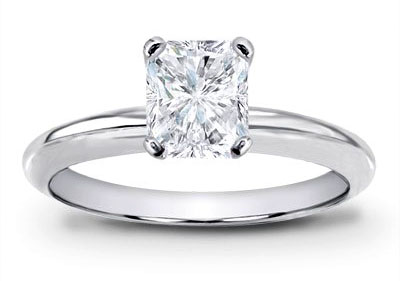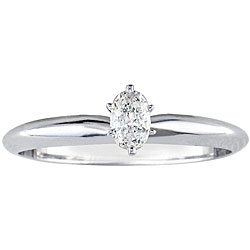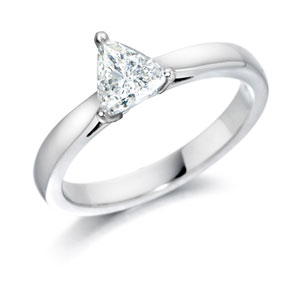These days diamonds come in all shapes imaginable and diamond cutters are still experimenting to discover more, according to about buying diamonds.com. A diamond cutter’s skill will turn a rough stone into a brilliant diamond, with the most skilled cutters producing diamonds of the greatest size with the fewest flaws and the most brilliance.
*
feature image: mischava.com
*
You have a few decisions to make when choosing a diamond engagement ring. You’ll be looking at different settings, ranging from simple solitaires to elaborate clusters. You’ll be thinking about the size, price, and value of your diamond, which depends on the 4 C’s: cut, color, clarity, and carat. There are different types of diamonds and different shapes of diamonds. Here we’ll look at 11 different shapes, or cuts, of diamonds, from the traditional round brilliant cut to more exotic shapes such as oval, heart, and trilliant.
*
Round: This classic shape is one of the most popular cuts for an engagement ring. Over 75% of the diamonds sold today are Round Brilliant, which has 58 facets and the most sparkle. (photo: Martha Stewart Weddings)
Princess: A relatively new and very popular diamond cut, the princess cut is a brilliant square stone. It often finds its way into solitaire engagement rings. (photo: Martha Stewart Weddings)
Emerald: This cut was originally developed for the gem of the same name, and is shaped like a rectangle with cropped corners and long, stair-step-like facets. This shape is known as a step cut. (photo: Martha Stewart Weddings)
Asscher: This is often called the “square emerald cut.” Because of its shape, it may look octagonal. The radiant is a popular variation of these but with facets that give it even greater sparkle. (photo: Martha Stewart Weddings)
Radiant: This is a square or rectangular shape with the elegance of the emerald and the brilliance of the round. It’s 70 facets maximizes it’s intense sparkle. (photo: Diamond Ring Forever)
Oval: This is a symmetrical design which appeals to many small handed women. It’s shape seems to elongate hands and fingers. (Photo: Overstock.com)
Marquise: An oval with pointed ends. It’s named after the Marquise de Pompadour, who’s smile inspired this shape which was then commissioned by the Sun King, France’s Louis XIV, who wanted a diamond to match it. It is beautiful as a solitaire or when matched with smaller complimentary diamonds. (photo: Martha Stewart Weddings)
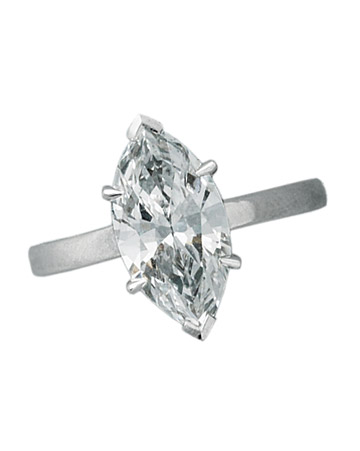
Pear: This cut resembles its name. The pear shape is also known to make your fingers look long and slender when the point faces toward your fingertip. This cut combines the best between the oval and marquise shapes, and looks like a sparkling teardrop. It is also gorgeous for matching pendants and earrings. (photo: Martha Stewart Weddings)
Cushion: This cut is a cross between a rectangle and an oval, with a pillow shape. It is also called an “antique cut” as it was popular in the 19th and early 20th century antique type shape. (photo: Martha Stewart Weddings)
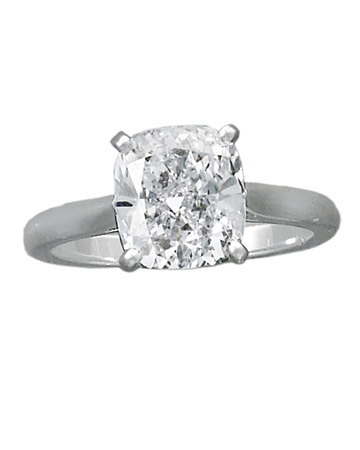
Heart: This diamond cut resembles its name, which is similar to a pear shaped diamond with a cleft on the top. The extraordinary skill of the cutter determines the beauty of this cut, which should have an even shape and a well-defined outline. (photo: Martha Stewart Weddings)

Trilliant: The outstanding feature of the trilliant cut diamond is its unique triangle form. It has equal sides and usually contains 50 facets. (photo: Jewellery TV)



